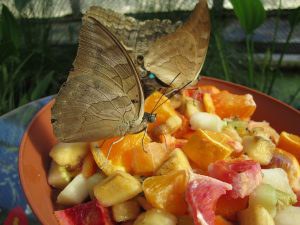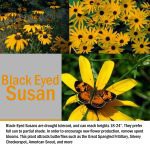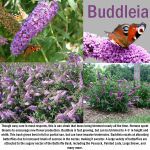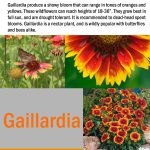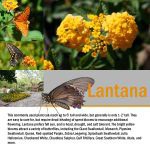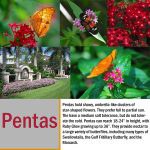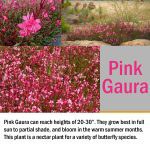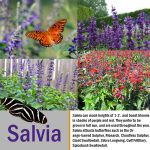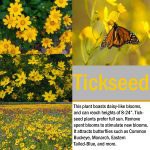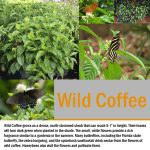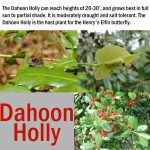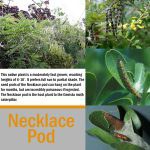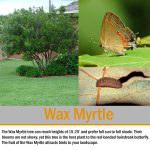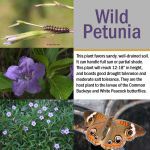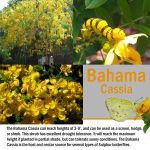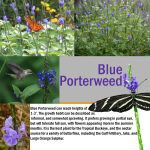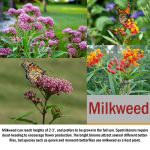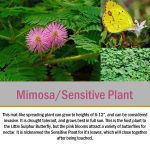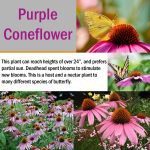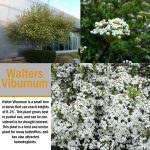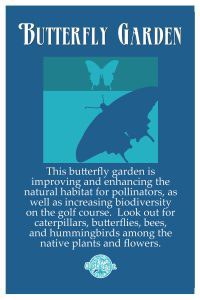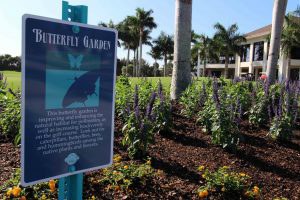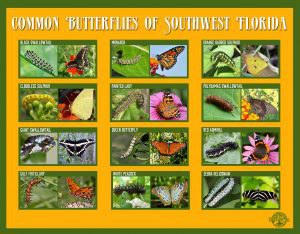Several key elements are required for a successful butterfly garden:
Nectar Plants: Butterflies need flowers for sustenance as adults. Some butterflies do not eat the nectar from flowers, but prefer to eat from fruits. Nectar plants boast bright flowers and are generally pleasing aesthetically.
Host Plants: These plants are ideal for butterflies to lay eggs, and then for the caterpillars to survive on. These plants are going to be eaten, so don’t be alarmed if they look ragged. Caterpillars will then form their chrysalis or cocoons (for moths) and begin their metamorphosis stage on this host plant. Please note that caterpillars are an important part of having a successful garden, do not spray this area with insecticides.
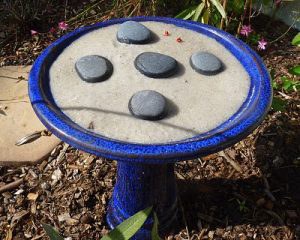 Water: Butterflies need water just like every other creature, and they like to drink from moist soil, puddles, or dew drops. They also absorb minerals from the water they drink; butterflies have even been known to drink the tears of reptiles for sodium. Add a butterfly puddling station to encourage butterflies to stop and take a drink. You can create a butterfly puddling station by using a dish or bird bath, filling it with sand, and adding a few pieces of fruit or stones for the butterflies to land on. Complete the station by filling with water, allowing the sand to become saturated in water.
Water: Butterflies need water just like every other creature, and they like to drink from moist soil, puddles, or dew drops. They also absorb minerals from the water they drink; butterflies have even been known to drink the tears of reptiles for sodium. Add a butterfly puddling station to encourage butterflies to stop and take a drink. You can create a butterfly puddling station by using a dish or bird bath, filling it with sand, and adding a few pieces of fruit or stones for the butterflies to land on. Complete the station by filling with water, allowing the sand to become saturated in water.
Sweet treats: Not all butterflies enjoy nectar, some prefer to eat fruit. Sure to attract attention, leave a dish with sliced bananas (or other leftover fruit) out in your butterfly garden during the day. This will delight viewers and butterflies alike!
Sun: These creatures are cold-blooded, so they need to bask in the sun in order to survive. Sunning butterflies are lovely to look upon, so leave a few flat stones in the sunshine, or bare mulch patches.
(Click on the tiles below to view the plant highlight page)
Nectar Plants:
Host Plants:
Host and Nectar Plant Combos:
Get recognized with our butterfly signs!
(Click on the image tiles to view the image)
Additional Resources:
Operation Pollinator by Syngenta: http://www.operationpollinator.com/
Create a Certified Monarch Waystation: http://www.monarchwatch.org/waystations/certify.html
Learn more about butterflies from the North American Butterfly Association: http://www.naba.org/
Learn how to save pollinators with Pollination Partnership: http://www.pollinator.org/

